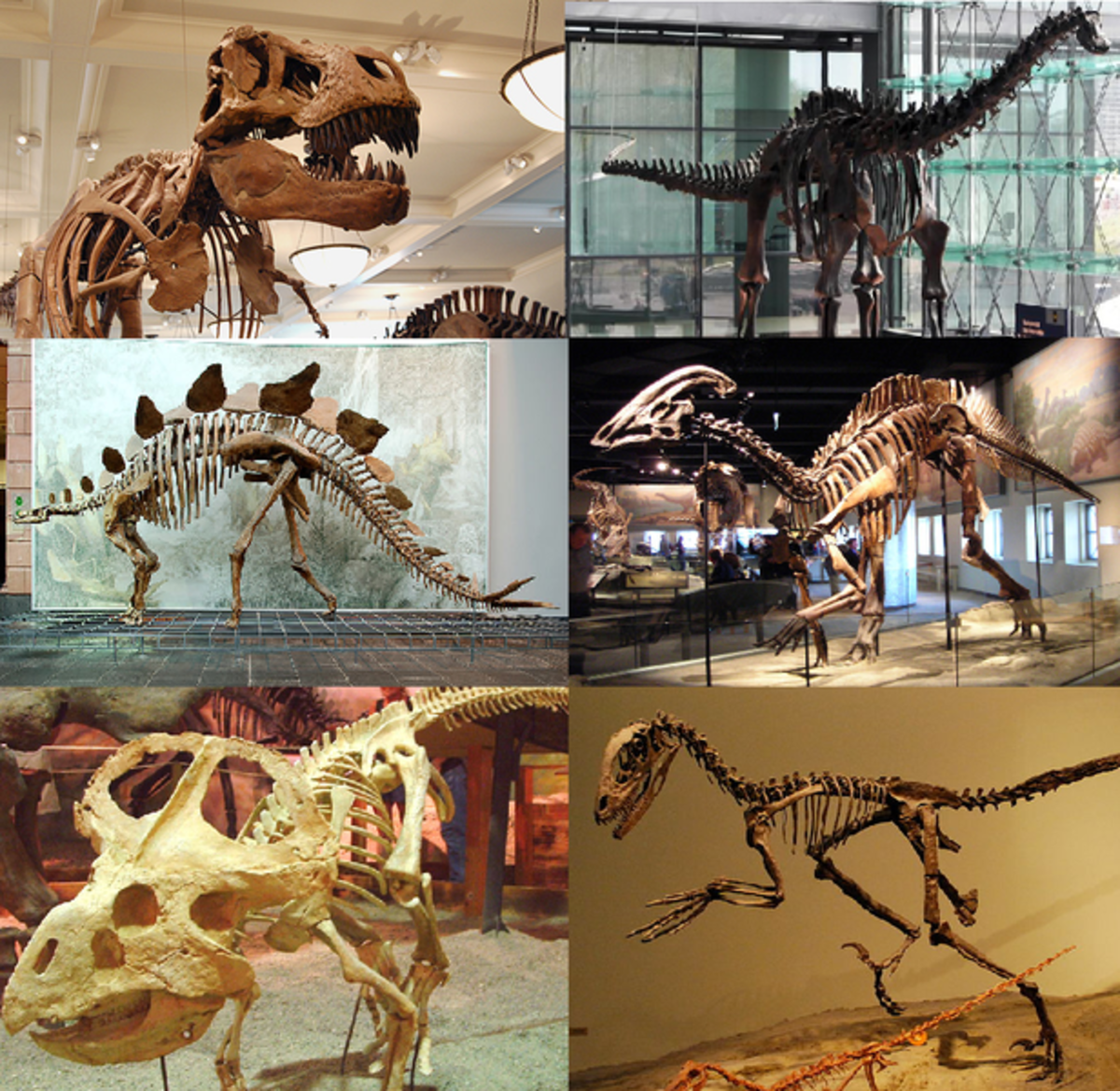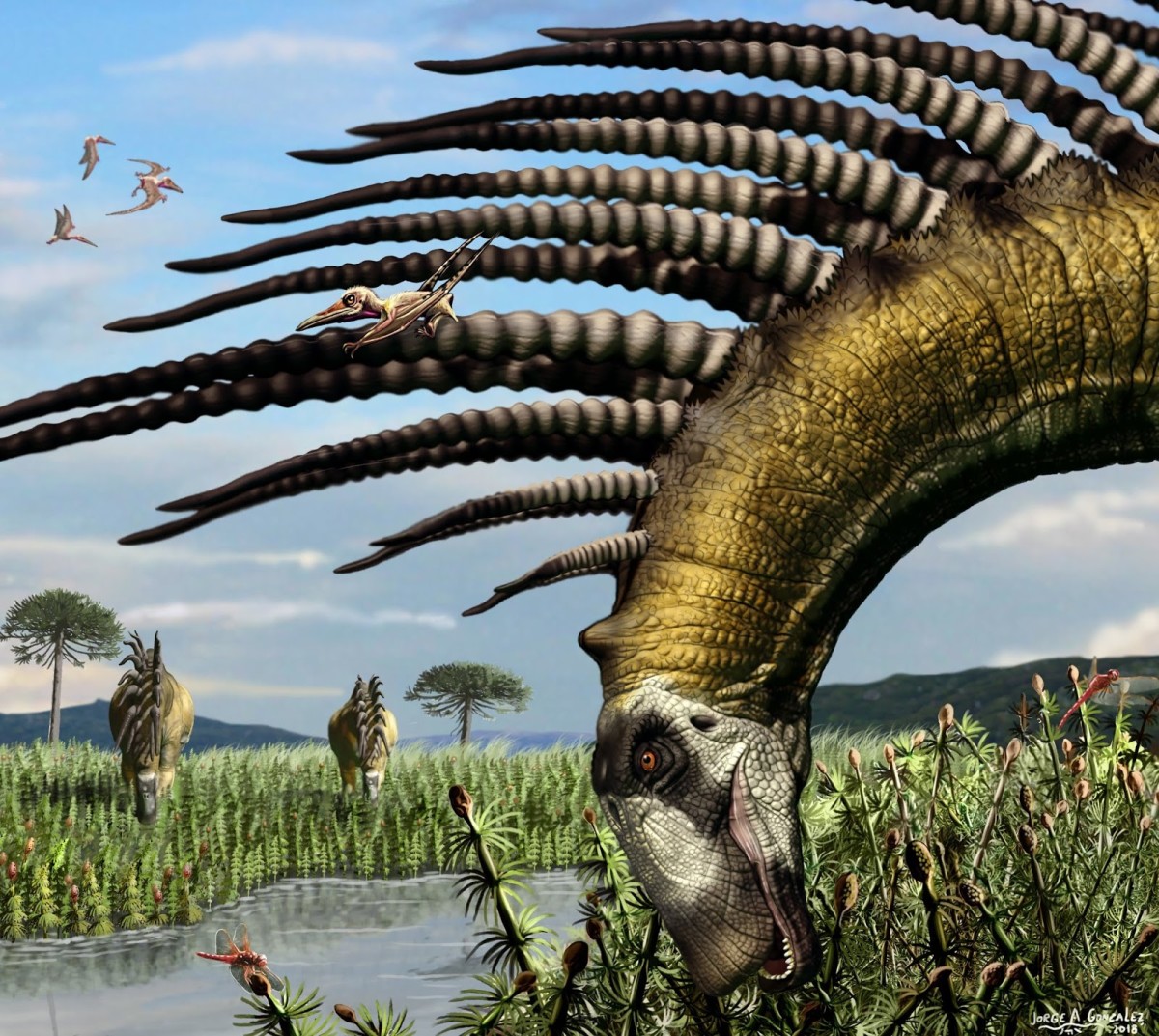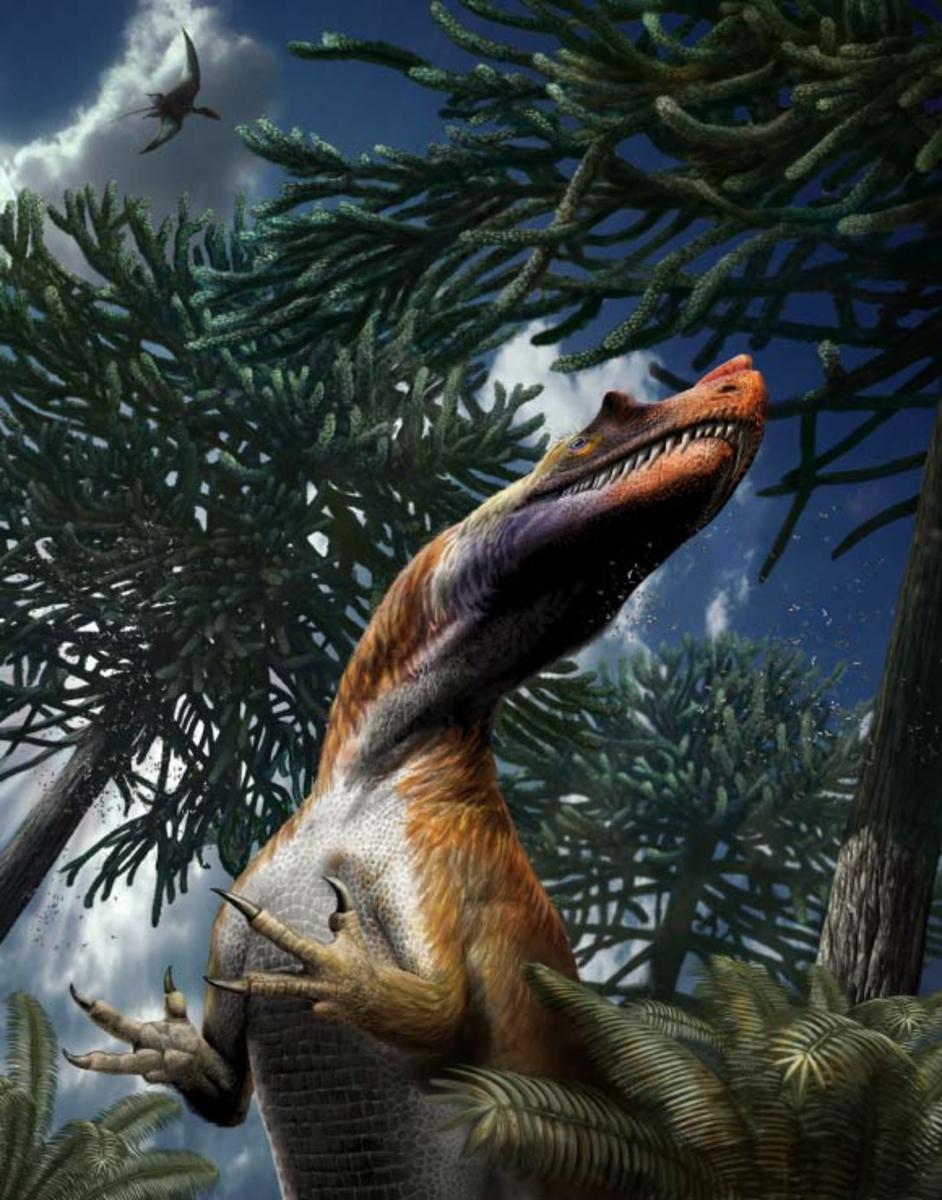Sailing Stones and Dinosaurs, the Strange Connection Made 200 Million Years Later
When we think of where dinosaur fossils are found, visions of the Midwest come to mind. We think of arid mountain regions like Montana, Wyoming, Utah, and Colorado. But fossil enthusiasts from the east coast of the United States can rejoice in the fact that they don’t need to make a 6-hour flight across the country in order to find some of the most important and well-preserved dinosaur fossils known to mankind. Since the 1840s, hundreds of thousands of dinosaur footprints have been found from New Jersey to Nova Scotia in a collection of Triassic and Jurassic sediments known as the Newark Supergroup. These footprints have been studied ever since their initial discovery, but even hundreds of years later, they still contain mysteries.
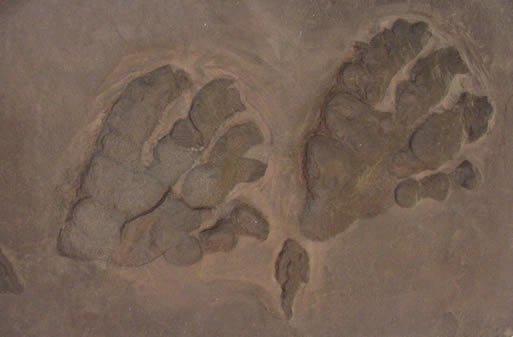
When these footprints were made, the ancient supercontinent Pangea was still in the process of breaking apart, and the consequent splitting created large basins which formed lakes that sediments from higher ground would fall into. The soft muds of lake margins were day by day transformed by the movement of ripple currents and organisms that inhabited the basin. One of these organisms was the large and mighty Otozoum, something anyone would say after taking a look at its massive four toed paw imprints. Tracks of this predecessor to the more famous long necked dinosaurs are actually rarer than others, but a peculiar set from Connecticut contain something never before seen from the Newark Supergroup.
The large animal moved bipedally, and probably rather slowly when you take into account its size (think around ~20 feet in length). Small, fine details like the scales of the beast’s foot are preserved on the mudstone slab, which makes it stand out enough on its own, but along with it is the perpendicular lines of some flat object that dragged by beforehand. The trace intersected by the dinosaur footprints was one that puzzled paleontologists since its discovery.
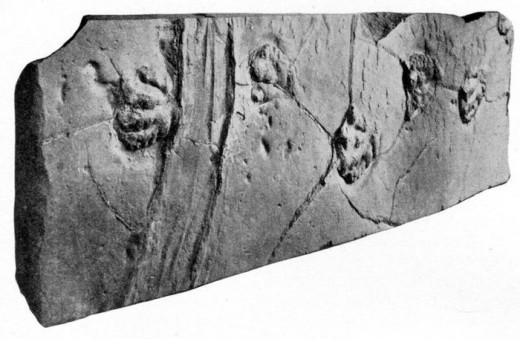
Paleontologists who study the Newark Supergroup can actually tell you a lot about what it was like during the time it was filled with lakes, and dinosaurs. In the rocks, there’s evidence for cyclic changes in the seasons the basins experienced due to repeating alternating lake layers, symbolizing wet and dry seasons. The environment would experience thousands of years of dry climate; in which playa lakes and mud cracks dominated the landscape, and then thousands of years of wet climate; where permanent lakes and lush vegetation took hold. To better envision these environments, paleontologists look to modern analogs. Death Valley, California, is the modern day “dry” equivalent to Early Jurassic Connecticut. Death Valley itself is a place unlike any other in the world, holding the records for the hottest temperatures in the world and lowest point in the US. Death Valley is a great equivalent for past Connecticut because they are both examples of grabens (down shifted blocks of land between mountain ranges) formed as a result of tectonic rifting. But the similarities don’t stop there. Death Valley is also home to many playa lakes, hence being the dry analog. Tourists come to Death Valley for its scenic mountains and valleys, and in one such valley, for its “sailing stones”. Racetrack Playa is known for stones with long tracks behind them, as if they had moved on their own. No one knew exactly how this phenomenon occurred until 2014, when a GPS marked rock was time lapsed filmed moving under very specific conditions. One winter, rains fell into the dry basin and froze overnight (despite being the hottest place on earth, Death Valley is freezing cold when night falls; just like all other deserts!). The rocks of Racetrack Playa were all held in millimeter thick ice, but as the ice melted, the rocks were actually moved along with it! Some rocks traveled intermittently, and farther than others, but produced the same trails as seen before, nonetheless. And the same kind of trail seen in the Early Jurassic rocks of Connecticut’s Otozoum.
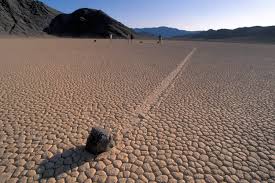

So, there we have it, a sailing stone is the likely culprit for the mystery trace seen alongside our big early dinosaur. But one more question: do we have an explanation for how ice formed in the much hotter Early Jurassic? Again, the answers lie within the rocks. While sediments collected in the basins for hundreds and thousands of years, another kind of rock found its way into the geologic record of the area. Black, quickly cooled, basaltic rock. The same kind of rifting that created the basins also produced massive outpourings of basaltic lava (basaltic lava is the same kind that you see flow out of Hawaiian Islands), in fact, some of the largest outpourings of this lava to ever occur on the planet. These lava flows occurred within tens of thousands of years of each other, and intersperse the sedimentary layers we find footprints in. Large eruptions from volcanoes are known to cause temporary decreases in global temperature known as volcanic winters, and it’s possible that the conditions for “sailing stones” came about to produce the mystery trace we investigate today.
The world of Otozoum and other early dinosaurs was a dynamic one. Through the thousands of years, the trackmakers endured dramatic shifts between wet and dry seasons, massive lava outpourings, and the possibility of volcanic winters. Still, after making it through all of these obstacles, dinosaurs would rule the world for the next hundred million years (and then some, as birds). However, more remarkable than the persistence of these hardy dinosaurs is the preservation of their movements, and of their world. When I want to travel back in time, I drive about 2 hours west from Boston to enter the Connecticut River Valley, which is dotted with sites anyone can visit to look at trackways made by inhabitants of an earth under intense environmental pressure. Yet, the similarities between our temporally separated earths is what makes us able to understand both.


